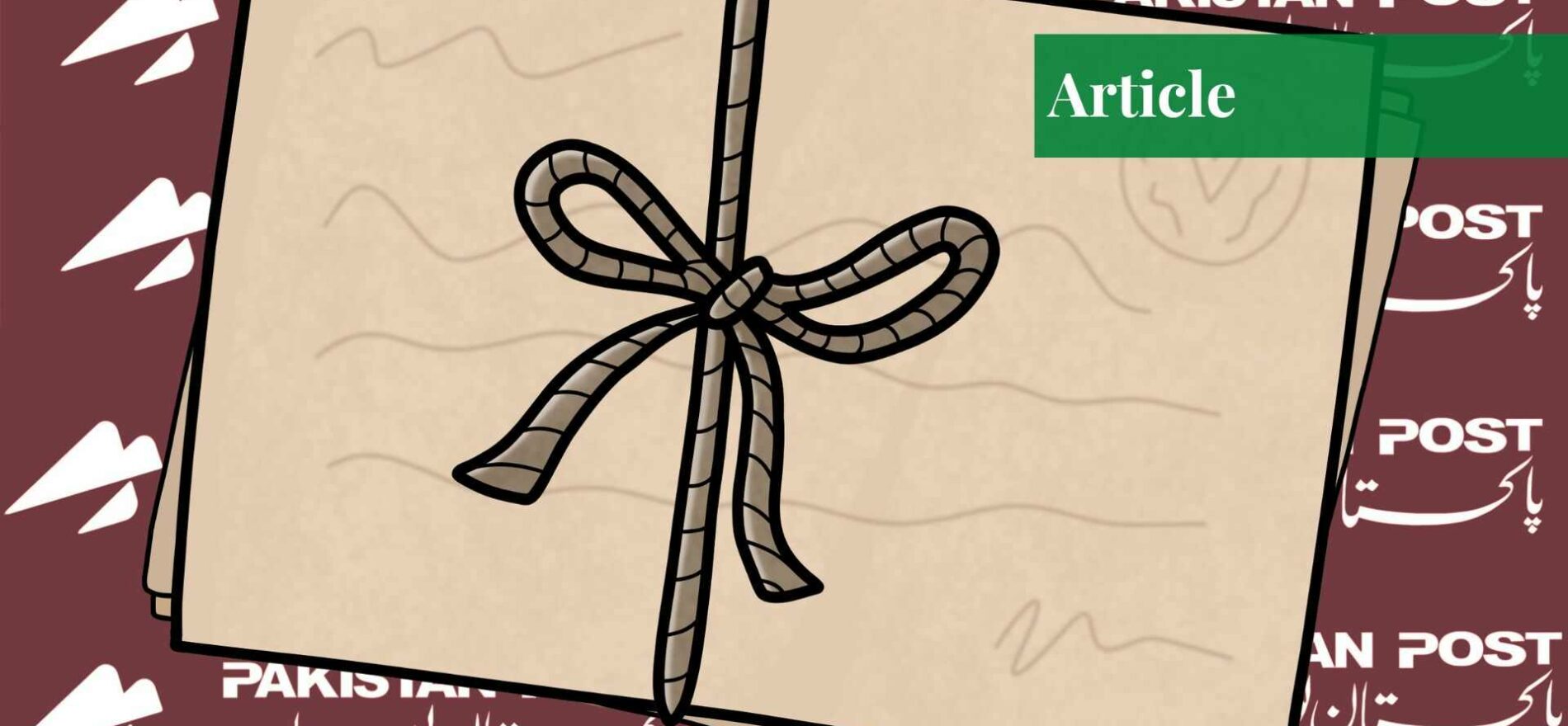Sadia Iqbal is an MPhil candidate and a researcher interested in global geopolitical issues. She is also a gold medalist in the 2020 MA batch of Punjab University.
What Is a Postal Code?
A postal code, also known as a zip code, is an identifier of a geographic location for mail delivery or collection. The system is based on alphanumeric and numeric codes ranging from five to six characters. The postal code was designed to assist postal departments and courier companies by creating a group of letters and numbers to simplify the processing of distribution and track the exact location at which the mail should be delivered. Valid address data is required to ship any high-value document or package. Postal codes play a crucial role in ensuring the accurate and efficient sorting and delivery of any shipment. Hence, a postcode is required at the end of addresses.
What Is the Difference Between Postal & Zip Codes?
Postal code and zip (Zone Improvement Plan) code are used synonymously; in essence, the nature of the service they provide serve a similar purpose. Although there is a subtle difference between the postal code and zip code, the key differences between these codes include the following:
- The postal code was established in 1959 and consists of a combination of numbers, letters, and punctuation marks, whereas the zip code was introduced by the United States Postal Services (USPS) in 1963 and is structured on digits only.
- A zip code is primarily used in the US and the Philippines, whereas postal codes are being utilized by the rest of the countries.
- Zip code is authorized for reference and location identification; however, postal code jurisdiction includes location identification, reference, demographic information, and route planning.
What Are the Historical Origins of the Postal Code System?
London was recognized as the forerunner of postal codes as back in 1840, the distribution of letters encountered a challenge due to a rapid boom in the nationwide population that also increased the volume/number of mail. At that time, many city streets had the same name, which caused a problem with the speed, sortation and delivery of letters. It called for establishing a committee that renumbered around 100,000 houses, and 4,800 areas were renamed.
In 1857, Sir Rowland Hill introduced the idea of postal codes to improve and accelerate the delivery of letters. Based on these codes, the city was divided into postal districts, and each was assigned a compass point and a corresponding general post office as well. Those postal offices were asked to add the receiving district’s compass points to prevent mail from being carried out to the chief office and sorted out to return to its origin point.
In 1917, during World War I, several trained employees also joined the armed forces. Hence, temporary staff was hired to fill the vacancies. The system was restructured by defining districts into sub-districts, and serial numbers and postal codes were allocated to further refine the system, making it convenient for an untrained staff. For example, for Fulham, it was marked SW6.
In 1932, with the implementation of an indexing system, Ukraine introduced the modern system of postal codes. Through the allocation of number series and number letters to all railways, towns, and villages, it became convenient for the patrons to add those postal codes to their mail and deliver them to the recipient’s location. Subsequently, other countries (mainly Germany) also followed the league and developed a postal code system in 1941. However, World War II stemmed the further growth of the system until the rise of booming economies after concluding the Great War.
Post-World War II, mail order business doubled the mail volume from 30 billion pieces of mail in 1930 to 80 billion pieces in 1960. Hence, the increase in mail volume, especially in booming economic zones, needed to be mechanized to meet the standards and accuracy of the delivery points. In 1944, Robert Moon (in Philadelphia) pioneered a new phenomenon, the zip code. This system of codes is mainly implemented in the US and the Philippines.
Initially, only two digits were added: the first one represented the state, and the second one represented the region. With the expansion of boundaries and delivery routes, three more characters were added to make the postal system more precise. Hence, the postal code is a 5-digit number today, used specifically for any type of mail. However, in 1983, with the emergence of e-commerce and global shipping, four more digits were also added to the zip code. Over time, new purposes were also being acquired through the use of postal codes as they offered assistance in health research, demographic information, marketing, and research areas.
Pakistan’s Postal System
The postal system of the subcontinent, under the Mughal Empire, consisted of “Dak” or runners who would carry the message from one location to hand over the mail/letter to the other concerned runner. Initially, the system was practiced in the Sindh region only; with the expansion of territorial control, it started being followed from north Sindh to lower Punjab. In 1845, when Sindh and Punjab fell to the British, it was increasingly felt that there was a need to widen the postal system and speed up communication.
Sir Bartle Frere upgraded the system by replacing runners with camels and horses. This resulted in positive ramifications and efficient delivery that gave rise to communication between government officials and corresponding. Hence, in 1855, the Scinde Railway was constructed, which was followed by the expansion of railway transportation covering the region from Karachi to Gilgit in 1886. Further reforms were needed to speed up and make sortation convenient. Therefore, the five-digit postal codes were introduced in Pakistan in 1988. These specific codes are for the delivery of mail throughout the country.
After gaining independence, the Pakistan Postal Office was established under the modified Post Office Act VI, 1898. Initially, it started working as the Department of Post and Telegraph; however, the Pakistani government bifurcated the previous department by establishing an independent Pakistan Post under the Ministry of Communications.
Today, the federal minister of communications and the chairman/director-general of the Islamic Republic of Pakistan are the most senior members of the organization. Below the director-general, the management services or allied services are conducted at 3 levels:
- The Circle Level
- The Regional Level
- Divisional/District Level
The postmaster general is the head of each circle. At the operational level, the postmasters general are assisted by the regional deputy postmasters general and unit officers.
Conclusion
The Universal Postal Union (now a specialized body of the United Nations to coordinate postal policies) was established in 1874, and each year, October 9 is celebrated as World Post Day. Pakistan Post’s last year’s major milestone was the completion of its work on the digitization of postal services, especially on salary and savings facility services. In an era of increasingly digital communication, the post remains relevant by expanding its services and network, especially by connecting to the digital marketplace through e-commerce. So, Pakistan postal codes or zip codes remain as important today as ever in delivering that much-awaited parcel to your doorstep.
If you want to submit your articles, research papers, and book reviews, please check the Submissions page.
The views and opinions expressed in this article/paper are the author’s own and do not necessarily reflect the editorial position of Paradigm Shift.


















